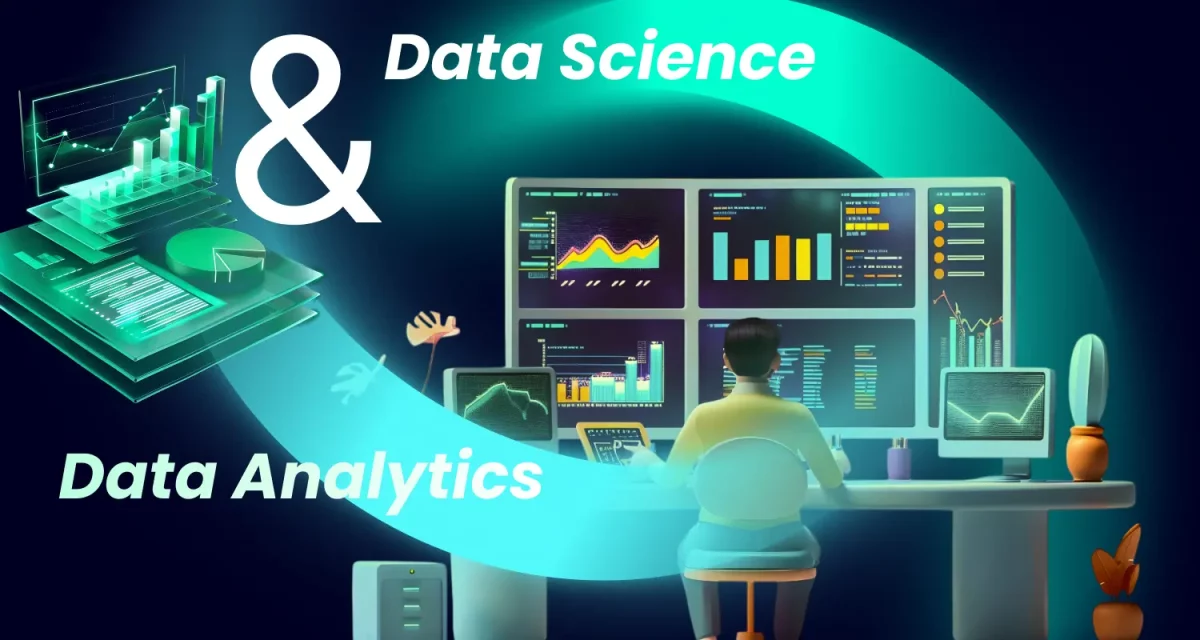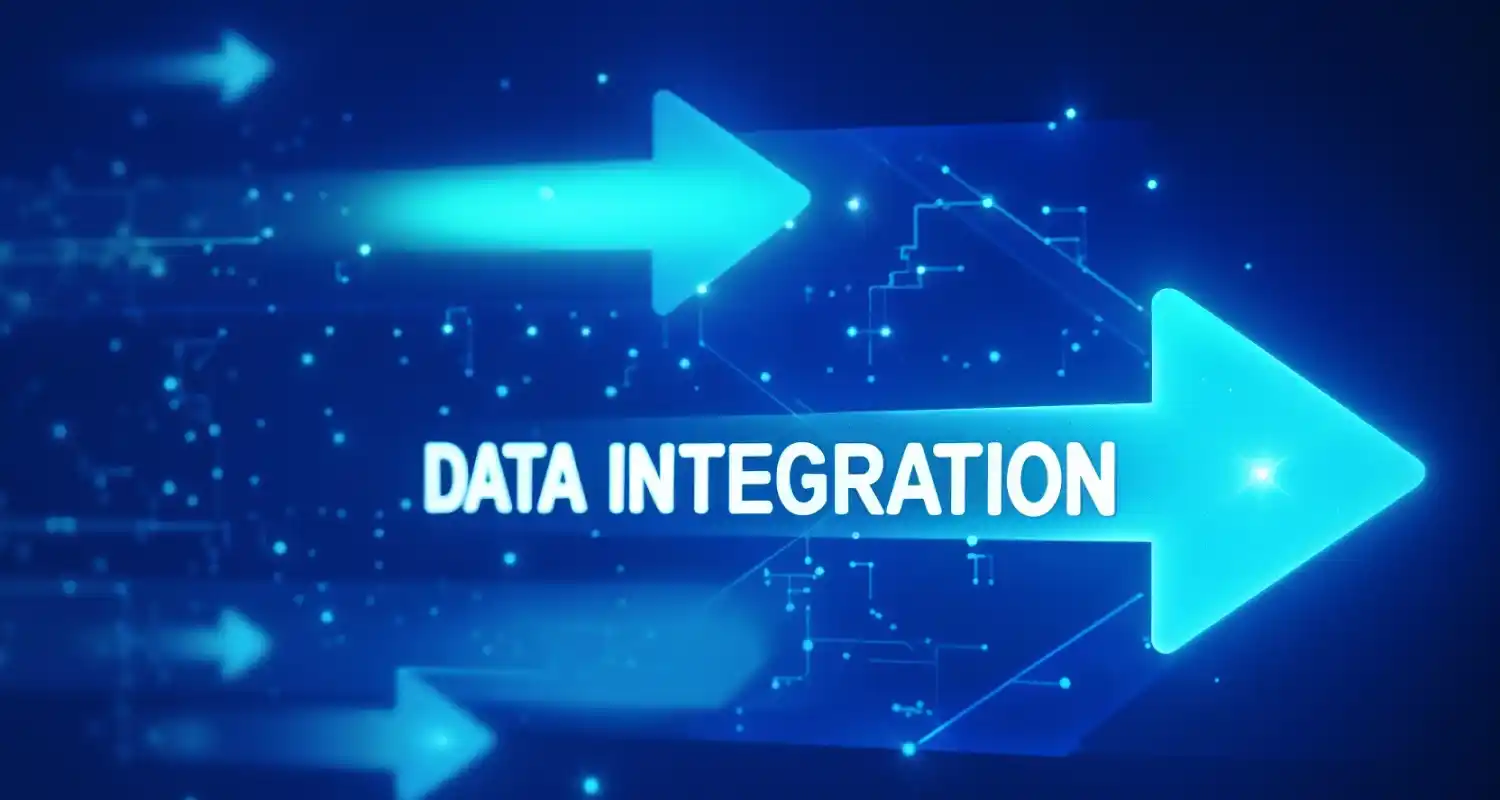 Companies in today and age produce enormous volumes of data across various systems. However, data silos form a crevice so that accessing a unified view of critical information becomes challenging. Now, what is data integration? This describes the bringing together of data from different sources into one cohesive system for better decision-making and operational efficiency.
Companies in today and age produce enormous volumes of data across various systems. However, data silos form a crevice so that accessing a unified view of critical information becomes challenging. Now, what is data integration? This describes the bringing together of data from different sources into one cohesive system for better decision-making and operational efficiency.
1. What is a data integration?
Data integration is the process of combining data from multiple sources into a unified, consistent view. The core objective is to breach data silos to better access and analyze information by today’s businesses. Important concepts in data integration include ETL, which means Extract, Transform, Load – the gathering of data, transforming it into a usable format, and loading it into a system; and data warehousing, which is the storage of integrated data for analysis and reporting.
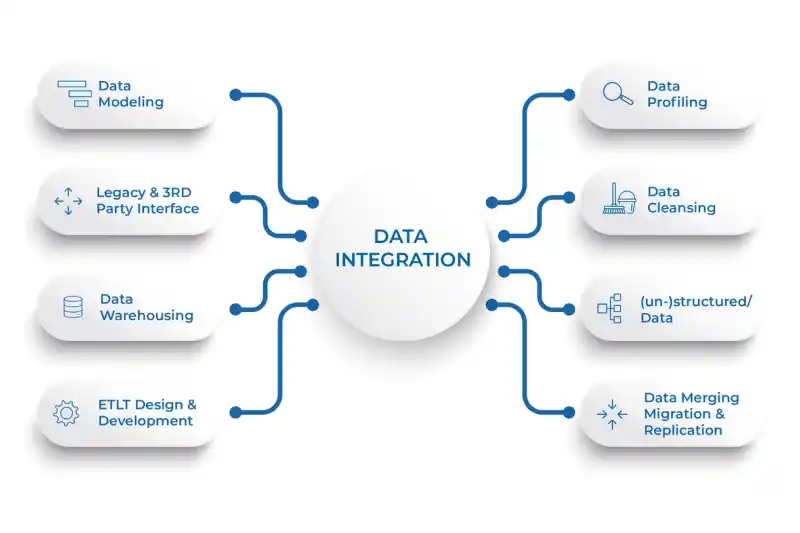
2. Why is data integration important for businesses?
After exploring what is data integration, it’s essential to understand its importance for businesses. Ever feel like your business data is everywhere, with each department using different systems and information being painstakingly consolidated only when necessary?
Enter data integration. By connecting and unifying data from various sources, businesses can develop profound, accurate, and user-friendly views of their information. This means faster reporting and improved decision-making for wise managers, better customer experience, and improved operational efficiency.

2.1 Enhancing decision-making with unified data
Data-based decision-making is no longer a trend. It is a key component of the success of a business. Yet disintegration and inconsistency in data can postpone or lead to poor decisions. What is data integration’s role here? It helps enterprises gather information from several resources, providing a broader and better view. When firms see data clearly, they are able to make faster, more precise, and more strategic decisions.
2.2 Boosting operational efficiency
Have you ever had the need to enter the same data into different systems over and over again or perhaps spend hours preparing reports from many sources? What is data integration’s solution? It connects and automatically syncs data so that workflows are smoother, there are fewer manual tasks, and data duplication is eliminated. Thus, this saves the company time and optimizes resources to enhance operational efficiency.
2.3 Gaining a competitive edge
Today, most organizations in the world view data as an asset because when it is used effectively, it provides a huge competitive advantage. What is data integration’s contribution? It improves management and analyzes insights that are very useful for the innov company into product innovation, service improvements, or analyzing market trends. It enables the company to get timely and precise data to keep ahead of its competition and offer new strategies that will really help strengthen its position in the market.
2.4 Data accuracy and quality improvement
Bad data can incur very severe mistakes in the operations of an organization and in the decisions taken at different levels. What is data integration’s impact? It ensures data consistency by standardizing, cleansing, and syncing information across systems. A business is therefore informed to the extent that the data being relied on is error and duplication free and can be fully trusted, thus alleviating risks and improving overall performance.
Read more: How to Build an AI Model? A Step-by-Step Guide
Need a Tech Partner Who Truly Gets Your Vision?
From strategy to execution, we`ll partner with you throughout development, delivering clarity, confidence, and measurable results. Get your free project estimate today.
Talk to Our Experts3. The data integration process: A step-by-step guide
Businesses require a very well-structured data integration procedure for effectively combining and using information from multiple sources. It is not just about bringing data together. Data integration also requires clear, consistent, and ready-for-use data. Typically, the data integration process includes the three main stages:

3.1 Step 1: Data extraction
Data extraction constitutes the first stage in the process of data integration since it involves the gathering of data from various sources including databases, APIs, CSV files, or software systems. There are many methods of extraction, some of which involve ETL or real-time integrating methods. The selection of the most appropriate extraction method guarantees accurate and speedy data collection without jeopardizing the original systems.
3.2 Step 2: Data transformation
Once the data gets extracted, it normally becomes available with different formats and structures within diverse systems. Data transformation, therefore, refers to all the operations that convert the extracted information into a common format for further processing, which usually includes data cleansing, data-type conversion, or unit standardization and merging details from various sources. Transformation ensures consistency, usability, and quality before being loaded into the storage unit.
3.3 Step 3: Data load
Loading the transformed data within this target such as a warehouse, a lake, or an individual application is the final step. This whole process is performed in three ways: batch processing (that is scheduled loading of data in batches), real-time processing (updating instantaneous), and streaming (where there is continual flow of data). The correct methods of data loading chosen can assist organizations in utilizing data better to analyze results and make decisions.
4. 4 Types of data integration
Modern Enterprises depend on many different systems and platforms to run their activities, but without proper integration, they can become isolated collections of the information that need to flow freely most of the time. In the event of such isolation, it could lead to a lot of inefficiencies, silos of data with faulty, inconsistent information. Integration must therefore be of the right kind for seamless data flow and accurate decision making.
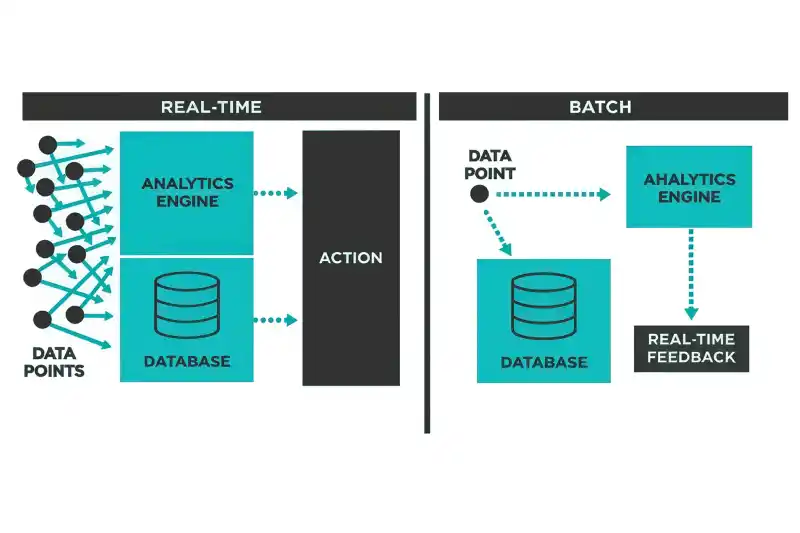
The table below outlines the key types of data integration and their roles in the modern business environment:
|
Types of data integration
|
Application data integration
|
Cloud data integration
|
Data synchronization
|
Real-time data integration
|
|
Description
|
Connect different applications (eg., CRM and ERP) to enable seamless
|
Synchronizes data between cloud-based platforms and on premises systems, ensuring scalability and connectivity.
|
Keeps data consistent across multiple systems in real-time or near real-time to prevent discrepancies.
|
Enables instant data processing analysis, supporting real-time decision-making in business operations.
|
5. Data integration methodologies
After understanding what data integration is and why it matters for businesses, the next question is how is data integrated effectively?
Didn’t you think how businesses draw raw data from multiple sources into insightful meaning? It is that major process which makes data clean, structured, and ready for analysis. Without ETL, a company will find itself with fragmented, there-and-everywhere inconsistent data, thus inhibiting making decisions at slow, if not untrustworthy speeds.

ETL is a three stage process that collects data from different sources, purifies it, and saves it in a centralized institutional system like a data warehouse. It plays a key role in business intelligence (BI), analytics, and reporting, helping organizations to achieve a holistic and unified perspective towards their operations.
Therefore, to maximize the efficiency of ETL, several data integration methodologies are implemented to enhance the data flow and accuracy. The most popular methodologies for data integration include:
- ETL: Traditional batch processing method in which data is extracted, transformed, and loaded in scheduled intervals. Suitable for massive reporting and analysis of historical data.
- Virtualization of data: Real-time access to businesses is provided with information on the querying of multiple data sources without moving data physically, eliminating redundancy and increasing agility.
- Data replication: Copies data from source systems into target systems, allowing for consistency and availability. It is mostly done for backup, disaster recovery, and synchronization between multiple locations.
6. Benefits for businesses
Data is valuable for a business, and bringing the data under effective management is a much more complicated issue than storing data. Benefits of data integration help organizations put their data to connect, consolidate, and extract value from multiple sources and operationalize the process for the very best decision-making.
- Less scrambling for data: Instead, equipped with data sources that wow the picture, real-time data added to systems daily makes it possible rather than spending hours, if not days, on many sources collecting information. The fragmentation of data is thereby minimized, as are errors, while workflow is optimized.
- Improved data quality and accuracy: At times, businesses have a very clear, comprehensive picture of the operations in real time, whereas at others, to know if there are changes in the market, if there are new trends by customers, or how to optimize performance by the team, instantaneous answers can be rendered.
- Better customer experience: Have you ever encountered a situation where a customer calls the support center, but the staff lacks information about their previous transactions? This is a result of fragmented data. With a well-integrated system, businesses can better understand customers, personalize services more effectively, and enhance customer retention.
- Greater strength and compliance: Data is a critical asset, and integration eases data access but also restricts permissions as to who can view or edit the bits of information. This minimizes the leakage of data and ensures compliance with the security regulations.
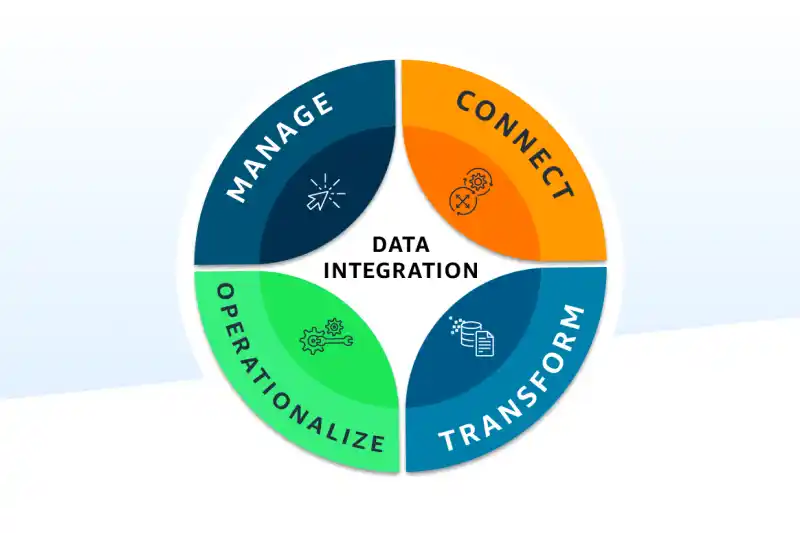
7. Popular data integration platforms and tools
Data integration signifies the bringing together of data from different sources in a single system for easy accessibility and analysis. Selecting the right set of tools and platforms for data integration is a prerequisite to ensuring seamless connectivity and efficient data management.
Many solutions are available for companies that wish to integrate their data sources, automate their workflows, and facilitate decision-making. Below are some of the more popular tools and platforms within the area of data integration.
7.1 Microsoft Power BI
Microsoft Power BI is a heavy-duty business intelligence tool for data integration, data transformation, and data visualization. Power BI connects to many sources of data, including databases, cloud services, and APIs. The built-in Power Query can be used to clean, shape, and join data without interruptions from other sources. As a neat feature, Power BI allows real-time data integrations, so onward to actionable insights for a key business today.
7.2 Talend
Being open-source, Talend is a data integration platform with hardcore tools for transforming, cleansing, and administering data. ETL processes are supported, which automate the data pipeline from cloud to on-premises. With a drag-and-drop interface, built-in connectors, and support for the big data technologies of choice, Talend has become a preferred data integration platform for any business with massive data scale.
7.3 Informatica
Informatica develops and sells enterprise-grade data integration solutions targeted for use in complex data environments. It includes tools for data extraction, transformation, and loading and features AI-driven data quality and governance along these same lines. Informatica offers cloud-native integration for streamlining data integration across hybrid and multi-cloud infrastructures, and is therefore preferred by large enterprises managing diverse data ecosystems
7.4 Other notable tools
- IBM Watson data integration: Enterprise data integration and analytics powered by AI.
- SAP data integrator: Optimized enterprise data integration tool between SAP and non-SAP systems.
- Oracle data integrator (ODI): A full-featured and high-performance ETL data integration platform.
Each of these big data tools has unique offerings for different business needs, assuring optimal integration and management of data across platforms.
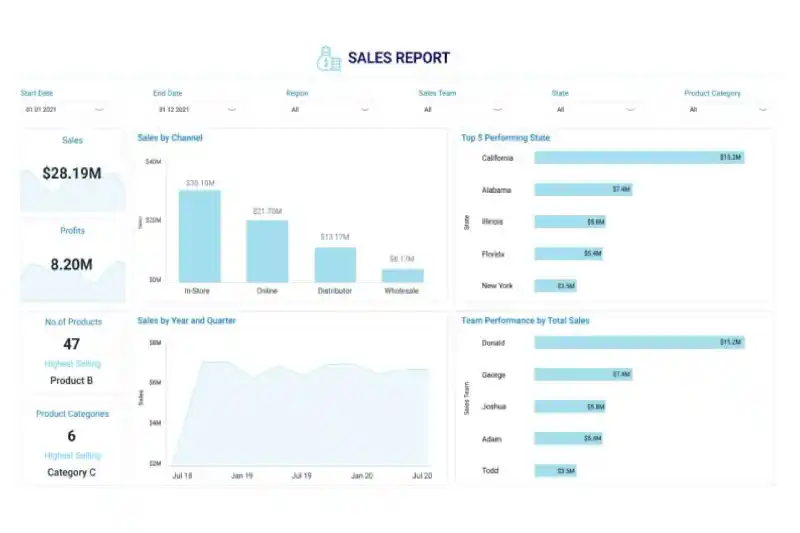
8. Conclusion
Knowing what is data integration is key to making the most of your business data. A well-integrated system improves efficiency, enhances decision-making, and boosts customer experience.
Choosing the right solution ensures seamless operations and long-term growth. If you’re ready to unlock the full potential of your data, Stepmedia Software offers powerful integration tools to simplify your processes and drive smarter decisions. Explore Stepmedia Software and find out how data integration can transform your business today!


